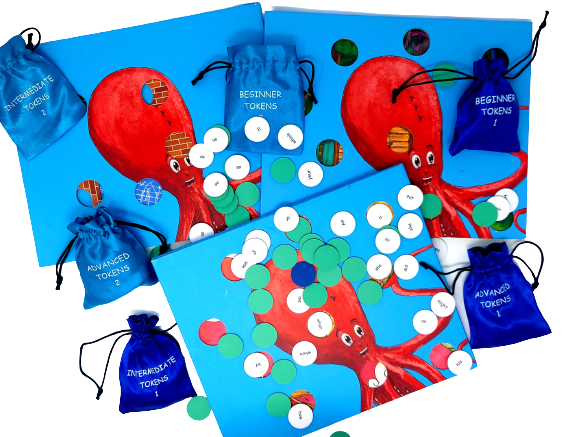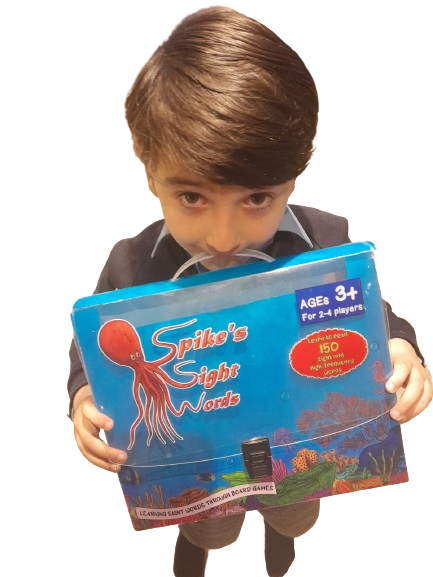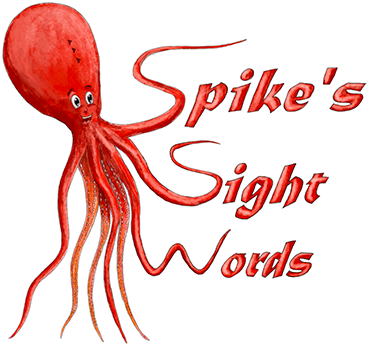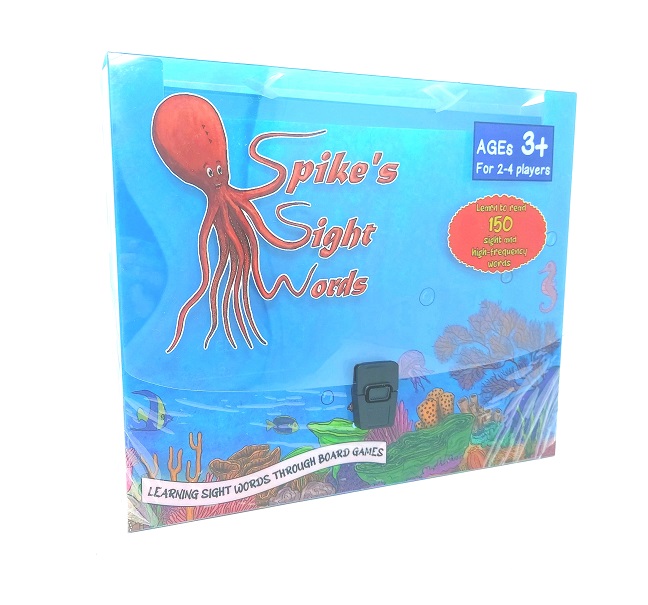
What is auditory dyslexia?
The term dyslexia was coined from the Greek words dys, meaning ill or difficult, and lexis, meaning word. It is used to refer to persons for whom reading is simply beyond their reach. Spelling and writing are usually included due to their close relationship with reading.
According to popular belief, dyslexia is a neurological disorder in the brain that causes information to be processed and interpreted differently, resulting in reading difficulties.
The terms auditory dyslexia and visual dyslexia are often used by scholars to describe two main types of dyslexia. Auditory dyslexia — also called dysphonetic dyslexia or phonological dyslexia — is a subtype of dyslexia that refers to children who struggle with reading because they have problems processing the basic sounds of language (phonemes), sounds of letters, and groups of letters.

Dyslexia is quite common, and many bright individuals have dyslexia. The common signs of auditory dyslexia observed in children are:
- Problems with rhyming
- Difficulty pronouncing certain letters and words
- Failure to comprehend something they only recently heard
- Problem hearing or understanding an ongoing speech when there’s background noise
- Misunderstands what others say to them
- Scrambles multisyllabic words
- Have trouble segmenting words
- Having a hard time following instructions
- Poor auditory memory for sounds
- Difficulty mapping sounds to letters
- Slow or poor decoding skills

How does this differ from dyslexia generally?
The auditory problem is related (it’s not clear exactly how though) to the inability to use phonemes. This may explain why a phonics program alone is inadequate for helping someone with dyslexia: children with dyslexia must be able to discern the sounds of language precisely (phonemic awareness) before they can accurately break words up into syllable chunks (phonics).
The presence of auditory processing problems also helps explain why those with dyslexia often have trouble with verbal communication. It is difficult to reproduce sounds which are not heard correctly.

Interventions
Those with auditory dyslexia have difficulty discriminating and manipulating the sounds of language. This in turn has very significant implications for the design of any reading program and explains in part why many reading programs fail to help dyslexics improve. Here are some important techniques for compensating for the auditory deficit:
Explicitly teach phonemes
Dyslexic readers need a program that explicitly teaches the phonemes of language, ensuring mastery of these sounds before diving into reading of sentences and paragraphs.
Use multi-sensory methods
The student with auditory dyslexia needs to draw upon other learning methods to compensate for their auditory deficit. What are those methods? visual, touch, and kinesthetic (movement) are three helpful ones.
Instruction needs to involve touching the letters, seeing the letters (hopefully colorful), and even physically moving the letters around as they hear and reproduce the sounds in order to retain the learning. Our educational board games are perfect for this as students can pick up each token and really get a ‘feel’ for the word.
Enlist the help of a speech language pathologist
SLP’s can help your child configure their lips and tongue to produce the most difficult of English pronunciations and build their confidence in distinguishing, reproducing and comprehending sounds and words.
Simplify things
A quiet workspace, simple instructions (one task at a time), assistive technology (text to speech, speech to text), speaking while making eye contact, eliminating background noise and lots of positive reinforcement are simple accommodations that can make a big difference.



